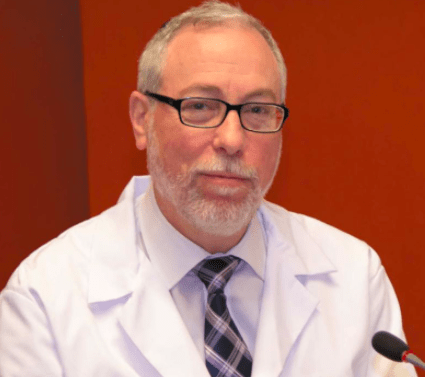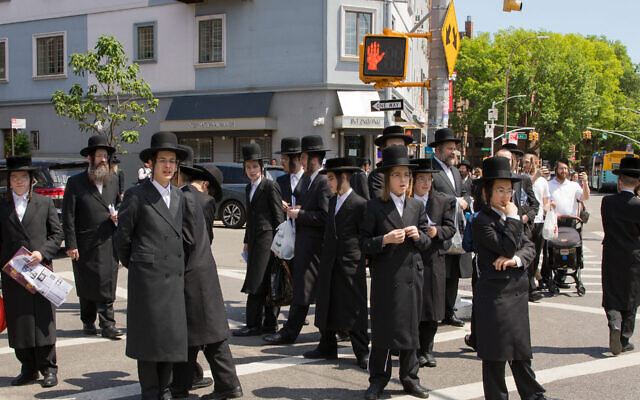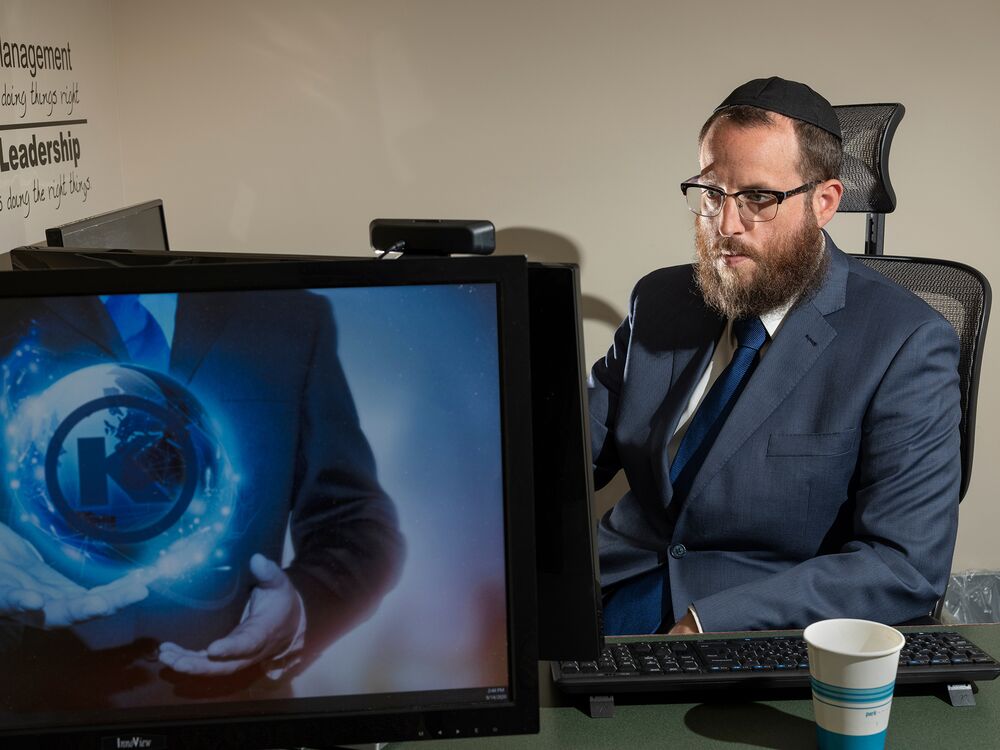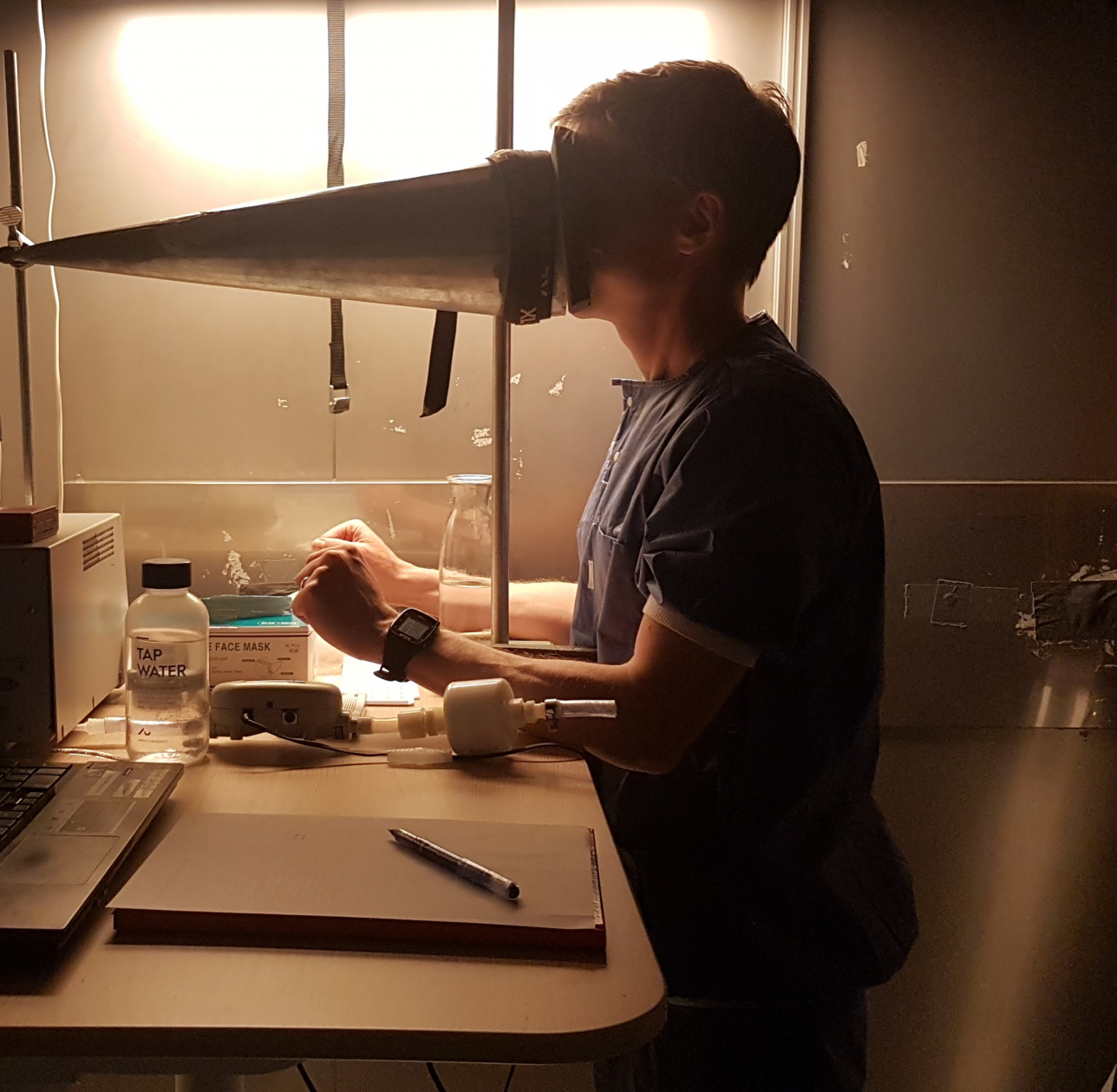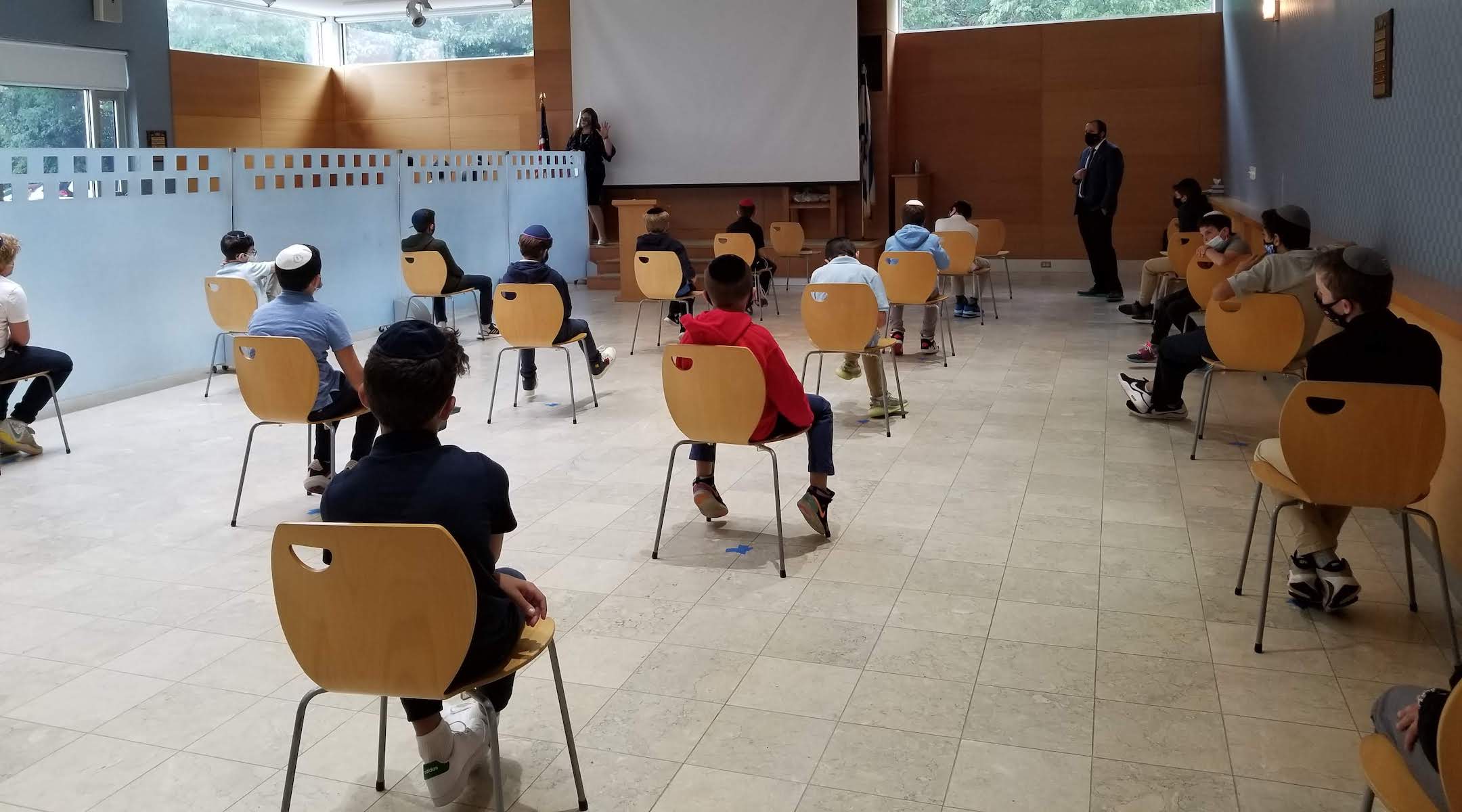AGUDAH TO NYC: TREAT US WITH RESPECT
"Will You Shut Up, Man"
| Jews
across the world observed Yom Kippur. It was a day filled with prayer,
introspection and commitment to improve. On more than a half-dozen
occasions, we asked God to suppress plague and disease. These entreaties took on an added resonance this year, with the plague of COVID-19 having already taken the lives of more than 200,000 Americans. The fervor of our prayers was deepened by our ability to picture relatives, friends, neighbors and colleagues who have been felled by this dreaded virus. Anyone who ministers to a congregation knows that too often there is a disconnect between what we pray for and our behavior. We sincerely seek the end of the virus, but we are not yet doing all that we can to make that happen. The past week’s uptick in infections, including in neighborhoods with Haredi and Hasidic populations in New York City and its suburbs, brought attention to the Orthodox community’s response to COVID-19. This recent increase needs to be taken seriously. Our communal behavior has to match our communal prayer. Dr. Anthony Fauci and other public health experts have pointed to wearing a mask as the single most important step one can take to prevent the spread of the virus. There is no reason that mask compliance in the Orthodox community shouldn’t mirror that seen elsewhere across New York. As with many other matters contemplated on Yom Kippur, we must acknowledge that we need to do better and that we need to do more. We must commit to doing better and doing more. For our own health, and for the continued good health of all those we come into contact with, including our rabbis, teachers, parents and grandparents. New York’s public health officials also need to reflect on their approach. Shaming is not a legitimate or effective tool. No other community is singled out and stereotyped as the Orthodox are. That too needs to change. Understanding the roots of the complacency that has crept into the community is not the same as justifying it. It is a necessary step toward remedying it. This summer saw day camps and daycare centers running without incident. When overnight camps were banned in New York State, many safely moved their operations to neighboring states. Synagogues resumed services. All this may have led to a false sense of security about a potential second wave. But instead of communication, the city’s Department of Health countered with criticism. Fauci also offers a model of how public health officials should act during a pandemic. Engagement and building trust is what is necessary and what works. There is also lingering distrust because of the different way the city treated the several hundred Hasidic mourners at an outdoor funeral at the very end of April and the far larger crowds righteously protesting the horrific murder of George Floyd a month later. The Hasidim were singled out for harsh criticism by Mayor de Blasio, who called their attendance “absolutely unacceptable.” Those protesting racial injustice were accommodated and encouraged. The point is not to compare the two issues but to highlight why the Hasidic community remains skeptical about whether the city takes their devotion to religious worship, education and ritual as seriously as it takes the priorities of other communities. It also rankles that while the funeral attended by several hundred Hasidim received national attention, little or nothing was written about the funeral of a far better known rabbi, Yaakov Perlow, who died exactly three weeks earlier. He was the head of the Agudath Israel movement, and the school and synagogue he led had thousands of current and former students and worshippers. His funeral was conducted entirely online, and his burial was attended by only a handful of masked and socially distanced immediate family members. Ignoring this funeral while highlighting another creates a distorted view of our community’s conduct and leadership. Here’s one suggestion for a path forward: The city should work with Orthodox leaders to develop and implement a public safety plan. Its mission will not be public relations but public health. Policies can be crafted and the concerns of the community can be addressed before problems arise and ultimatums are issued. To take but one example, if the city and state regularly track the percentage of positive cases, shouldn’t private schools be assessed relative to their size? Isn’t a school with 2,000 students different than a school with 200? Let’s all undertake to set aside the frustrations of the past week and commit to working cooperatively. Together we can demonstrate that we can protect both our spiritual and our physical health. Schick is a former deputy attorney general in New York and the president of the Rabbi Jacob Joseph School. Zwiebel is the executive vice president of Agudath Israel of America
https://www.nydailynews.com/opinion/ny-oped-how-orthodox-jews-can-attack-covid-20200929-dvjiqgvrkbdhhix5kib5gzfzdi-story.html |





